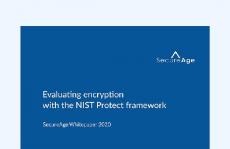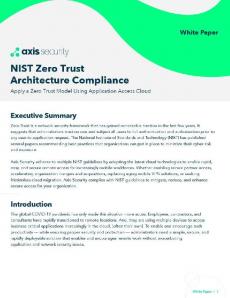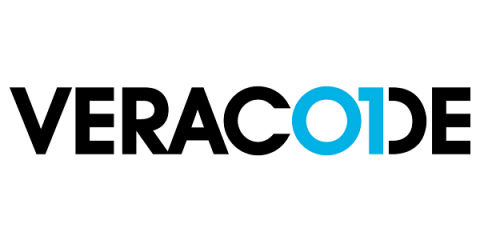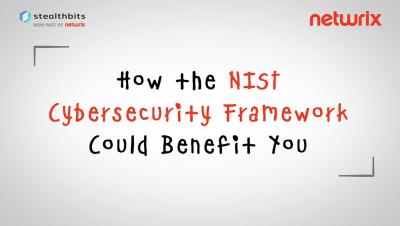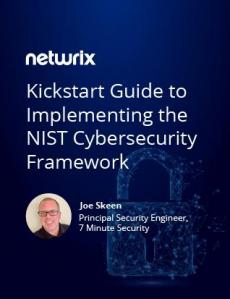Security | Threat Detection | Cyberattacks | DevSecOps | Compliance
NIST
NIST Zero Trust Architecture Compliance
Getting Application Security Back on the Rails
In its Interagency Report 7695, the National Institute of Standards and Technology (NIST) defined an application as “a system for collecting, saving, processing, and presenting data by means of a computer.” This broad term covers enterprise applications, consumer applications, and even phone apps. Security is important in all these types of applications, but the focus is not always the same. Let’s explore how below.
NIST vs SOC 2: What's the Difference?
When the subject is cybersecurity compliance, the National Institute of Standards and Technology (NIST) is often the first reference that comes to mind. NIST has been around for decades, and its standards for the development of cybersecurity risk management programs are considered the gold standard. There is, however, another standard that applies to service providers that handle customer data, as well as to those firms’ business partners: the SOC 2 audit.
Executive Order Update: NIST Establishes a Definition for Critical Software and Outlines Scan Requirements for Software Source Code
On May 12, 2021, President Biden announced an executive order to improve the nation’s cybersecurity. The order, which outlines security initiatives and timelines, calls for the U.S. Department of Commerce’s National Institute of Standards and Technology (NIST) to enhance the security of the software supply chain.
The NIST Cybersecurity Framework: Security Checklist And Best Practices
The National Institute of Standards and Technology (NIST) is part of the US Department of Commerce and was founded in 1901. NIST was originally established to help the U.S. industry become more competitive with economic rivals and peers, such as the UK and Germany. NIST prioritizes developing measurements, metrics, and standards for technology used in different industries.
Cybersecurity sketchnotes: How the NIST cybersecurity framework could benefit you
Kickstart Guide to Implementing the NIST Cybersecurity Framework
Is NIST Mandatory?
You don’t have to spend a long time in the cybersecurity and information technology world before someone brings up NIST compliance. Since the agency’s inception in 1901 — yes, it’s that old — the National Institute of Standards and Technology has been trusted as the guardian of all proper measurements and standards, including cybersecurity standards meant to increase data security. NIST, which these days is part of the U.S.
How to Apply the Risk Management Framework (RMF)
The Risk Management Framework (RMF) is most commonly associated with the NIST SP 800-37 guide for “Applying the Risk Management Framework to Federal Information Systems: A Security Life Cycle Approach,” which has been available for FISMA compliance since 2004. It was updated in December 2018 to revision 2. This was the result of a Joint Task Force Transformation Initiative Interagency Working Group; it’s something that every agency of the U.S.


